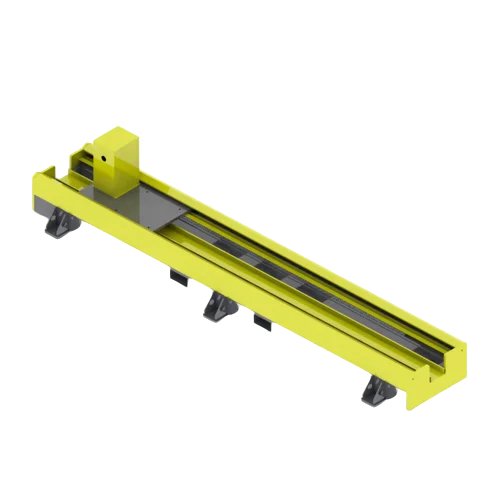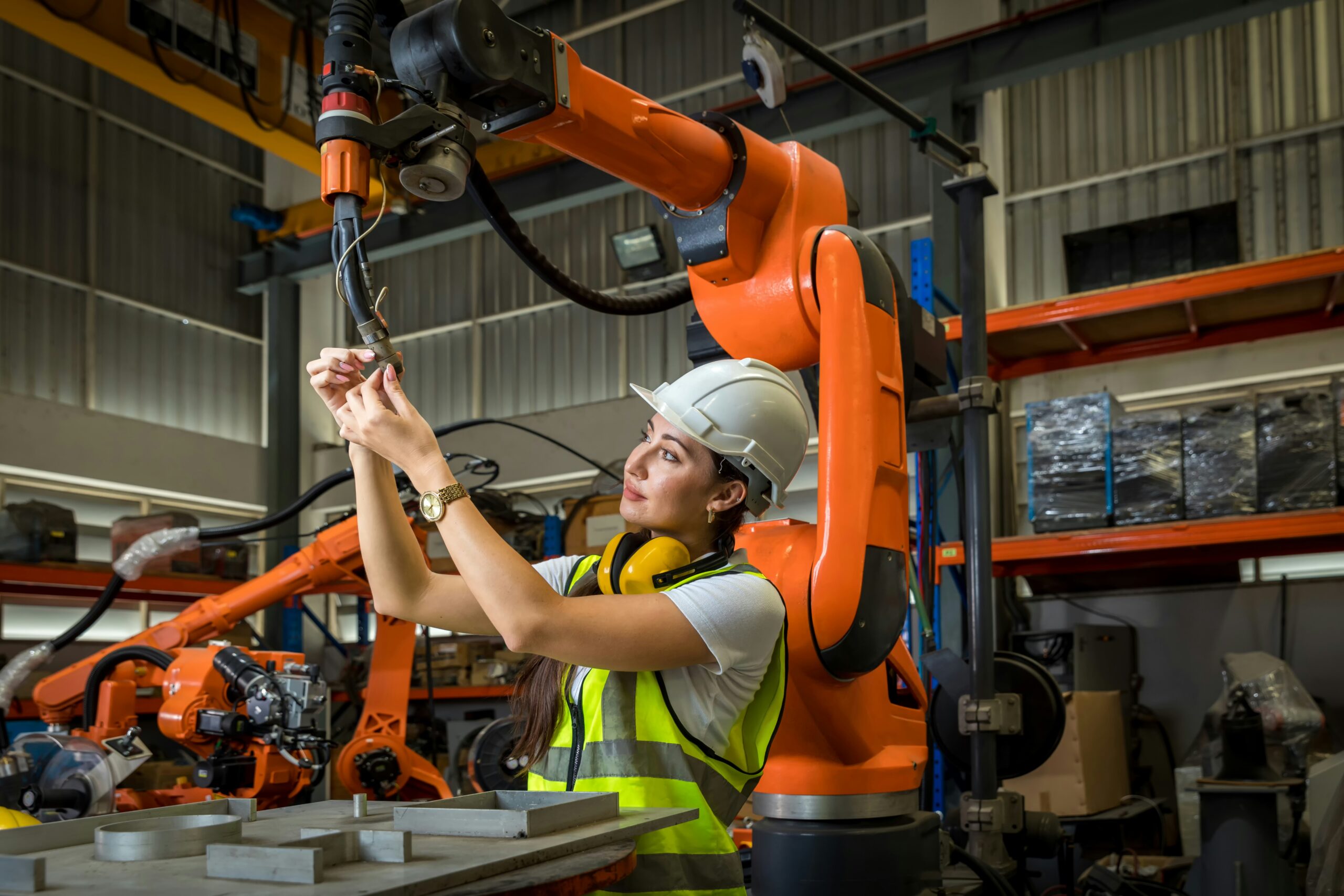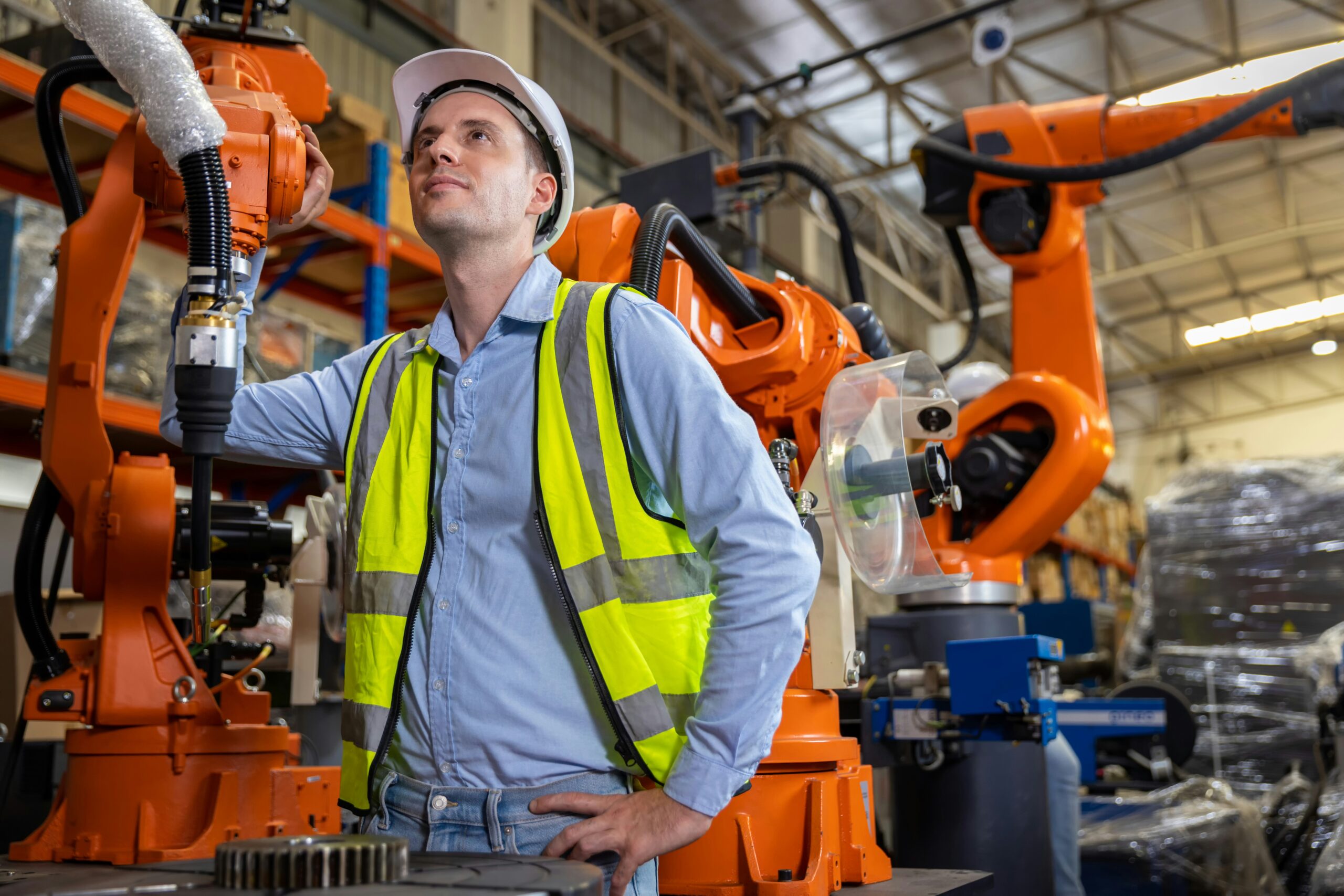Introduction
Technological developments are breaking down barriers and revolutionizing traditional processes in the quickly changing manufacturing landscape. The field of welding technology is one that is witnessing notable advancements in innovation, especially with the creation of advanced robot tracks and welding robots. Industry-first productivity and quality levels are becoming possible thanks to these technologies, which are revolutionizing the efficiency, accuracy, and capabilities of welding processes.
Given their superior automation and precision over manual welding, welding robots have emerged as a key component of contemporary manufacturing. In addition, these robots’ versatility and reach are greatly increased by robot tracks, which makes it possible for them to carry out intricate tasks more precisely and effectively. With an emphasis on their implications for the industry and their promising future, this article delves into the most recent developments in welding robots and robot tracks.
Historical View of the Development of Welding Robots
The history of welding robots began with the introduction of the first industrial robots designed to automate welding tasks in the 1960s. These early models served as a model for later advances in robotics, despite not being as complex as modern robots. With the integration of cutting-edge technologies like artificial intelligence, computer vision, and complex control systems, welding robots have significantly advanced over time.
Current Robots for Welding
Modern manufacturing automation is leading the way with welding robots. One excellent example of how far this technology has advanced is the QJR6-1400H welding robot. This cutting-edge robot is perfect for a range of welding applications because of its 6KG payload and 1.4-meter reaching distance. Always producing welds of the highest caliber, its 6-axis design offers unmatched flexibility and precision.
Comparable products are distinguished from the QJR6-1400H by a number of exclusive patents. To ensure constant weld quality, its joint gear adjustment provides for precise control and fast dynamic response. It is appropriate for many industrial settings because of its hollow joint support structure, which increases stiffness and flexibility and guarantees quiet operation. Welding materials such as copper, stainless steel, aluminum, and carbon steel with ease is possible with this robot’s 1456mm armspan and ±0.08mm repeat positioning accuracy.
The QJR6-1400H Welding Robot‘s Technical Parameters
Strong technical specifications highlight the QJR6-1400H welding robot‘s sophisticated capabilities.
Make and model: QJR6-1400H
Six is the axis number.
Six kilograms of payload
±0.08mm is the repeat positioning.
Maximum Armspan: 1456 Millimeters
Motion Range: ±168º for J1; +159º, -97º for J2.
J3: +95°, -125° J4: ±183°
These specifications enable the QJR6-1400H to precisely and dependablely perform complex welding tasks. To enable the robot to adjust to various welding conditions and materials, robustness and flexibility are prioritized in its design. Working with a variety of materials, such as copper, aluminum, stainless steel, and carbon steel, contributes to its versatility in the manufacturing industry.

The Importance of Robot Tracks
A Synopsis of Robot Tracks
The functionality and adaptability of welding robots depend heavily on their robot tracks. Because these tracks offer precise positioning and mobility, welding robots can operate over large workpieces and in a range of environments. Robot tracks enable precise movement and positioning, which increases the overall efficacy and efficiency of welding operations.
The EVS Robot Track’s features
Robot track technology is always evolving, and the EVS Robot track is a prime example. It is intended to be used in a multitude of processes, such as gluing, welding, cutting, handling, and machining. In order to maintain accuracy and stability—two essential components for high-quality weld maintenance—the track makes use of well-known reducers and gears.
The EVS Robot track is highly customizable, which makes it a remarkable feature. Flexibility is offered for a range of industrial applications by the ability to customize the rated load and length to fulfill particular needs. For payloads under 1000 kg and payloads between 1000 kg and 3000 kg, the track offers high repeat positioning accuracy of ±0.10 mm and ±0.15 mm, respectively.

Technical Details
The EVS Robot track is engineered to satisfy the exacting requirements of contemporary manufacturing.
Robot servo walking rail mounted on a single axis for light duty walking.
G-SXW-Z-L-XX is the model.
Uses: gluing, painting, machining, handling, cutting, and welding.
Length: 4000mm Standard Length Extended 1000 mm, 2000 mm, and 4000 mm are the standard lengths (customizable)
Method of Mounting: Ground mounting
Overall Dimensions: L mm × 910 mm × 750 mm (L varies depending on the type of motor).
Defense: Sheet metal that is partially enclosed.
Automatic Lubrication System
Lube Pump Voltage: AC 220V Drag Chain Center for mounting
The EVS Robot track is a flexible and dependable way to improve the capabilities of welding robots thanks to these features. Welding operations are performed with maximum efficiency and precision thanks to its sturdy design and high accuracy.
Combining Robot Tracks and Welding Devices
Robotics and Tracks Working in Harmony
Welding operations are performed much more efficiently when robot tracks and welding robots work together in harmony. For welding robots to function efficiently over large and intricate workpieces, they require precise positioning and mobility, which robot tracks give. Welding robots can now handle a wider variety of jobs and applications thanks to this combination’s increased flexibility.
The combined use of robot tracks and welding robots can result in increased accuracy and productivity. With consistent positioning and a lower chance of error, the tracks allow the robots to move smoothly along the workpiece. Integration of these technologies is revolutionary for the manufacturing sector as it leads to enhanced productivity and better-quality welds.

Examples of Cases
Benefits of integrating robot tracks with welding robots are demonstrated in several case studies. A manufacturing company, for instance, automated its welding processes by implementing the QJR6-1400H welding robot in conjunction with the EVS Robot track. The company witnessed a notable rise in production efficiency, enabling the completion of welding tasks more rapidly and precisely. The outcomes were remarkable. By ensuring consistent weld quality and minimizing the need for rework, the high repeat positioning accuracy of the robot and the track enhanced overall product quality.
Another instance involved an automaker improving their production line with robot tracks and welding robots. The company was able to automate intricate welding tasks, increasing accuracy and cutting production times, through the integration of these technologies. By facilitating seamless movement between various workstations, the welding robots‘ adaptable robot tracks streamlined the production process and boosted productivity.
Continuing Research and Development: Prospects and Innovations for the Future
Robot track and welding technology are always developing fields, with new advancements being driven by ongoing research and development. The efficiency, adaptability, and precision of these technologies are being further improved by researchers. In order to perform increasingly complex tasks with even higher accuracy, welding robots of the future are anticipated to be heavily reliant on advancements in artificial intelligence and machine learning.
Developing Technologies
New technologies will completely change what robot tracks and welding robots are capable of. For instance, by strengthening their sense of perception and ability to adapt to their surroundings, advances in sensor technology and computer vision have enabled welding robots to perform a wider range of complex and varied welding tasks. Progress in materials science has led to lighter and more durable robot tracks, which enhances performance.

Business Intelligence
According to industry experts, increased integration and cooperation will characterize welding robots and robot tracks in the future. Together, these increasingly sophisticated technologies will function more smoothly, resulting in manufacturing systems that are both highly productive and adaptable. Automated systems and tracks can be tailored to specific requirements, which will increase their adaptability and make them essential components in a variety of sector.
Conclusion
The manufacturing industry is experiencing unprecedented progress due to the development of welding robot and robot track technology. Innovations at the forefront of the industry are reflected in products such as the QJR6-1400H welding robot and the EVS Robot track. Industries are able to reach new heights of productivity and quality thanks to these technologies’ unmatched precision, efficiency, and flexibility.
The future of robot tracks and welding robots appears extremely bright as long as research and development keep pushing the envelope of what is feasible. Manufacturing will change significantly in the future as a result of the integration of these technologies, opening the door to more productive, accurate, and adaptable production methods. The combination of robot tracks and welding robots will drive industries into a new era of creativity and expansion with these developments.
